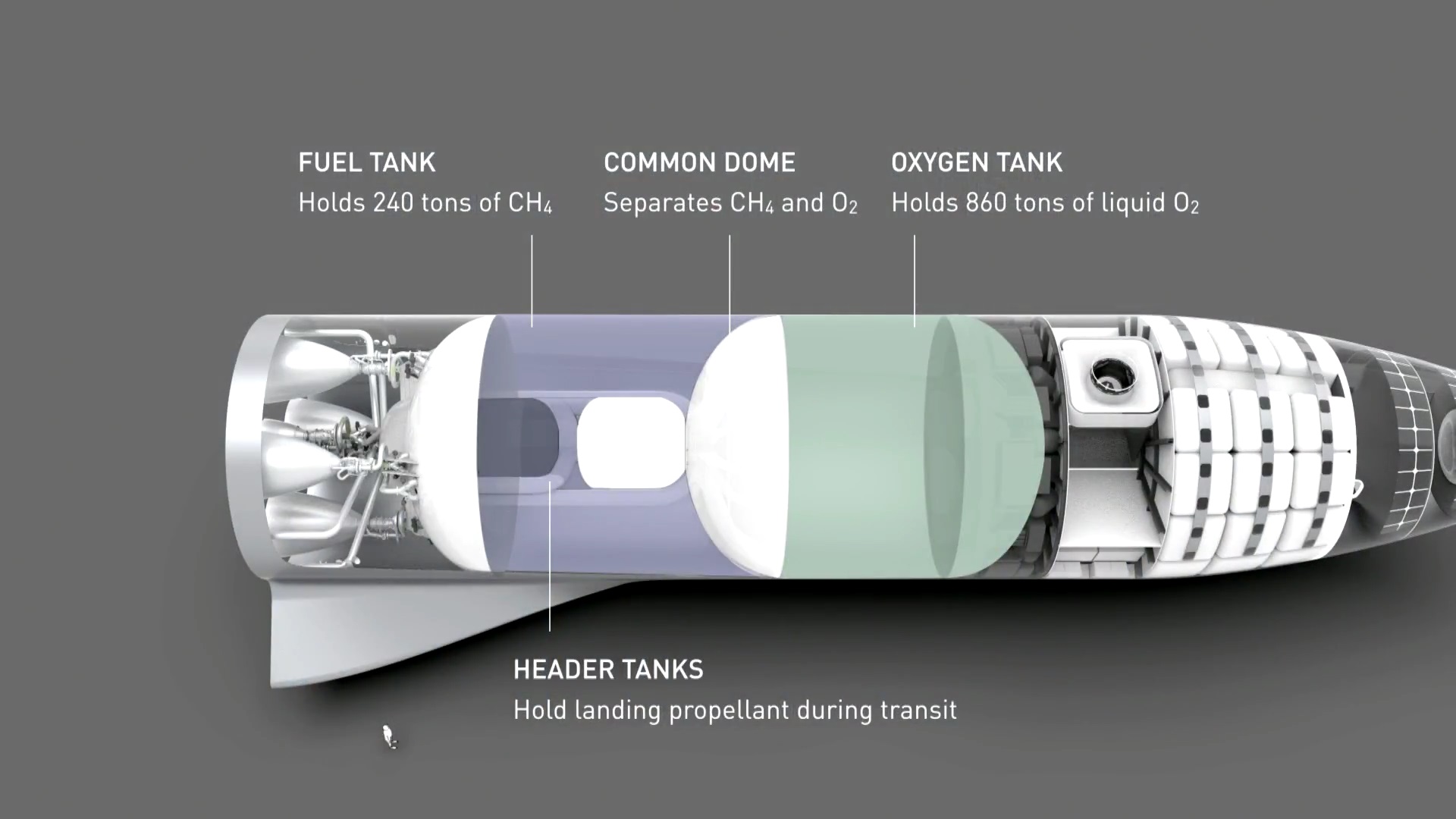For a "normal" rocket, yes. The "header tanks" however, will probably be full or close to it. Think of a small tank inside of a big tank, in the middle of the tank.
Some nice challenges in the tank design however they do it. Going from falling flat to rotating ~90deg and coping with the dynamic CG shift (longitudinal and radial) and expecting the fuel to be presented nicely to the inlet pipes and impellers? Some finesse will be required









